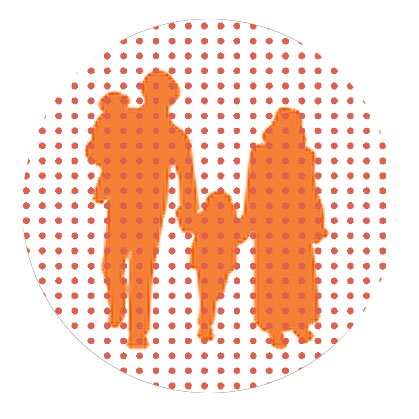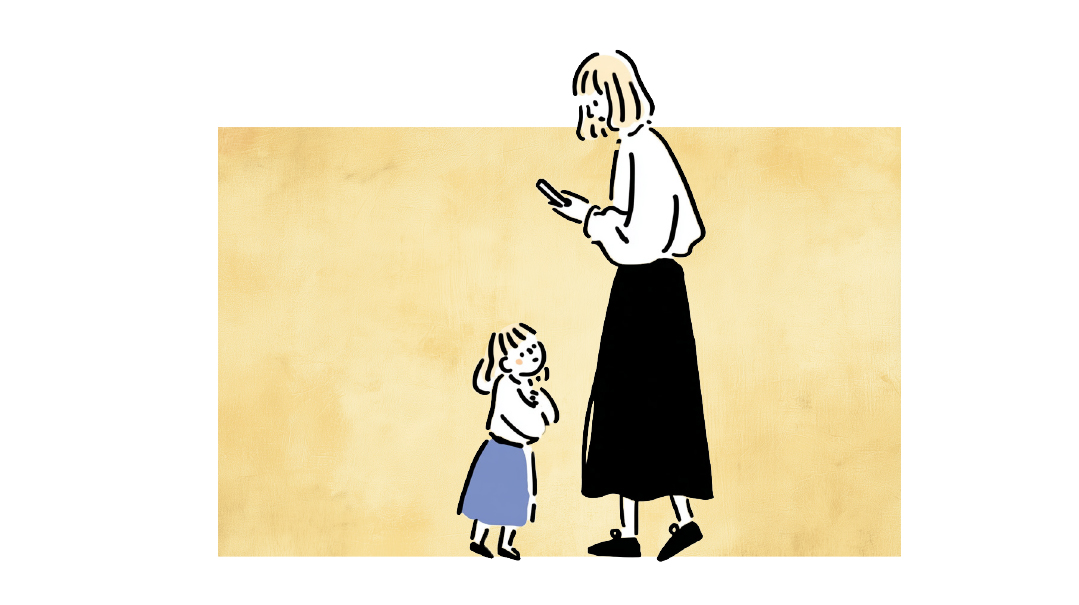Please Don’t Cry!


Some tears can never be ignored — and others must be
No one likes to see her child crying. In fact, we’re wired to find the look and sound of tears aversive — as something that needs to be remedied as soon as possible.
A baby’s cries alert an emergency response in her caretakers, and a toddler’s tears of pain elicit buckets of compassion. We rush to “fix the boo-boo” or support the child through whatever tragedy triggered the anguish. Even the tears of older children, teens, and adults send us a call to action: We just want the crying to stop.
Why is it that tears in another person move us so intensely? What does the crying really mean?
Why We Cry
The tears we’re concerned about in family life are “communication tears” — the tears that convey vulnerability and need. Babies are gifted with the instinct to cry as soon as they enter the world. They soon learn that crying is an effective communication tool, a way to get their needs met.
Toddlers start to explore the possibilities offered by a sad look or an outpour of grief. However, for most children, the true manipulative use of crying — crying on purpose — does not come into full bloom until the preschool years.
Just as we can learn to keep ourselves calm, we can learn to rouse ourselves and cry. Some children are emotionally impulsive. They naturally cry when upset and will have no trouble losing it over every small frustration. But children of any temperament can learn to upset themselves enough to generate tears when they are reinforced for doing so.
When to Respond to Tears
Some tears can never be ignored. A baby’s tears need to be responded to; the youngster has no other venue for communication. Tears of physical pain and tears of emotional grief also must receive a response. Although one can train a child not to cry for these things, doing so would cause intense emotional damage.
It’s important, though, to define our terms. What is “pain?” When a child can’t have a popsicle before his dinner, is he in “pain”? When you send him to bed early for misbehavior, is he in “pain”?
In both cases the child may cry — perhaps in despair, or maybe in outrage, or maybe just “to show you.” Hard to know.
Certainly, this type of pain is not the pain of heartbreak and loss. These sort of tears are not those of the abused or abandoned child. Tears of anger are important too, but they do not require that you rush to your child’s aid to immediately relieve him of his suffering. You do not have to relieve the source of the child’s pain; you do not have to make things turn out the way the child wants them to.
Easing Suffering — or Enabling It?
Do you pour ketchup on top of every food so that your child will eat it? Perhaps he cried until you gave in, trying to ease his “suffering” — and that’s been the story ever since.
In fact, if you find yourself allowing your child to live on candy or stay up all night or do anything that is not entirely in the child’s best interests, it is possible that you’ve been responding inappropriately to the child’s tears and other forms of decompensation. You imagined that his heart was broken, so you gave him whatever it was that he wanted. You may have been motivated not by love but by fear — you can’t tolerate his tears so you give him what he wants.
Either way, you have stepped out of the leadership role. The child now calls the shots. He’s trained you. And, unfortunately, you’ve trained him too.
The cure? When your child is crying or screaming, ask yourself if what you’re currently doing to her (by denying her cookies or punishing her for her misbehavior, for example) is a form of abandonment or abuse. Are you being harsh and rejecting? If so, your child might be crying out of hurt.
If you’re being calm and respectful, on the other hand, consider the possibility that the child is just frustrated at not getting what she wants. If it’s the latter case, name her feelings (“I know you’re not happy that you can’t have the cookie. I know it’s really frustrating.”). Then, just carry on with your life — and by doing so, you’ll teach your child how to carry on with hers.
(Originally featured in Family First, Issue 612)
Oops! We could not locate your form.




